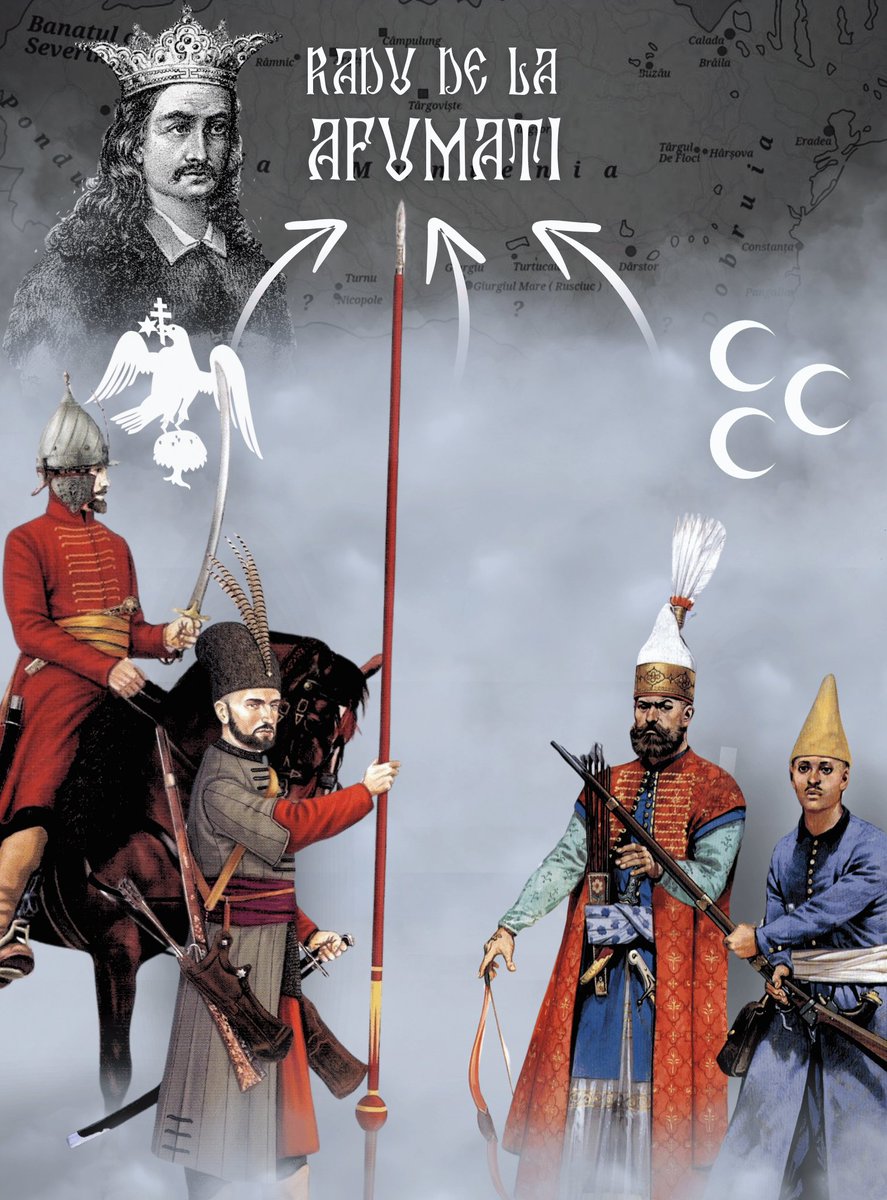Between the 13th and 15th centuries Romanian shepherds from Transylvania started migrating and settling around Central Europe following the Carpathian Mountain range 

Some of those Romanian shepherds finally settled on Polish lands, specifically in a region called Podhale, where they started living and intermingling with the native Polish population 

Due to something known as the Vlach (exonym for Romanian) or Romanian Law, the Romanian shepherds which would start being known as "Gorals" enjoyed certain privileges like
- The right to travel and carry weapons
- Freedom from serfdom
- Higher levels of autonomy
- The right to travel and carry weapons
- Freedom from serfdom
- Higher levels of autonomy

With time the Gorals became a separate ethnic group from Romanians and were assimilated into the Polish nation, however, they preserved characteristics in their lifestyle that to this day resemble many aspects of Romanian culture 

A traditional Goral wooden house next to a traditional Romanian house from Transylvania
The architectural style draws on local architecture of the Carpathians, and is widespread in the Podhale region
The architectural style draws on local architecture of the Carpathians, and is widespread in the Podhale region

We can clearly see the common origins of both traditional attires wether it's the leather belt, blouse or the traditional hat 

The Gorals even had their version of the Romanian Haiduc (a robin hood type figure that would steal from the rich and give to the poor)
They called them "zbójnicy" which seems to be related to the Romanian word Ră(zboinici), "warriors"
Romanian haiduc next to a zbójnicy
They called them "zbójnicy" which seems to be related to the Romanian word Ră(zboinici), "warriors"
Romanian haiduc next to a zbójnicy

Dobroslowski, a polish sociologist, asserted that the Podhale dialect of the Gorals had loan-words from Romanian
Sadly there ain't much information about it online and my Podhale is not the best
Here some examples of the Polish spoken by the Gorals
Sadly there ain't much information about it online and my Podhale is not the best
Here some examples of the Polish spoken by the Gorals
There are many villages in Poland with names derived from the word Wallachian, which is how outsiders called Romanians in the past
- Wolosate
- Tyrawa Woloska
- Woloszyn
- Wolosaty
The ending sate/saty is also curious, it reminds me of the Romanian word sat, which means village
- Wolosate
- Tyrawa Woloska
- Woloszyn
- Wolosaty
The ending sate/saty is also curious, it reminds me of the Romanian word sat, which means village

Even the traditional dances are unbelievably similar
If you didn't tell me these are Polish Gorals, I would have said this is the Romanian dance called "Căluș"
If you didn't tell me these are Polish Gorals, I would have said this is the Romanian dance called "Căluș"
Just for reference, this is the Căluș dance from Romania
The Gorals also use a wooden horn they call trembita or trombita to announce deaths, funerals and weddings
The one used in Romania is called trâmbiță
The one used in Romania is called trâmbiță

Even some instruments are similar, like this bagpipe made out of goat skin, in Romania it's called cimpoi, the Gorals call it duda 

It's fascinating how two groups that have been separated for so long still retain so many similarities 

• • •
Missing some Tweet in this thread? You can try to
force a refresh


























